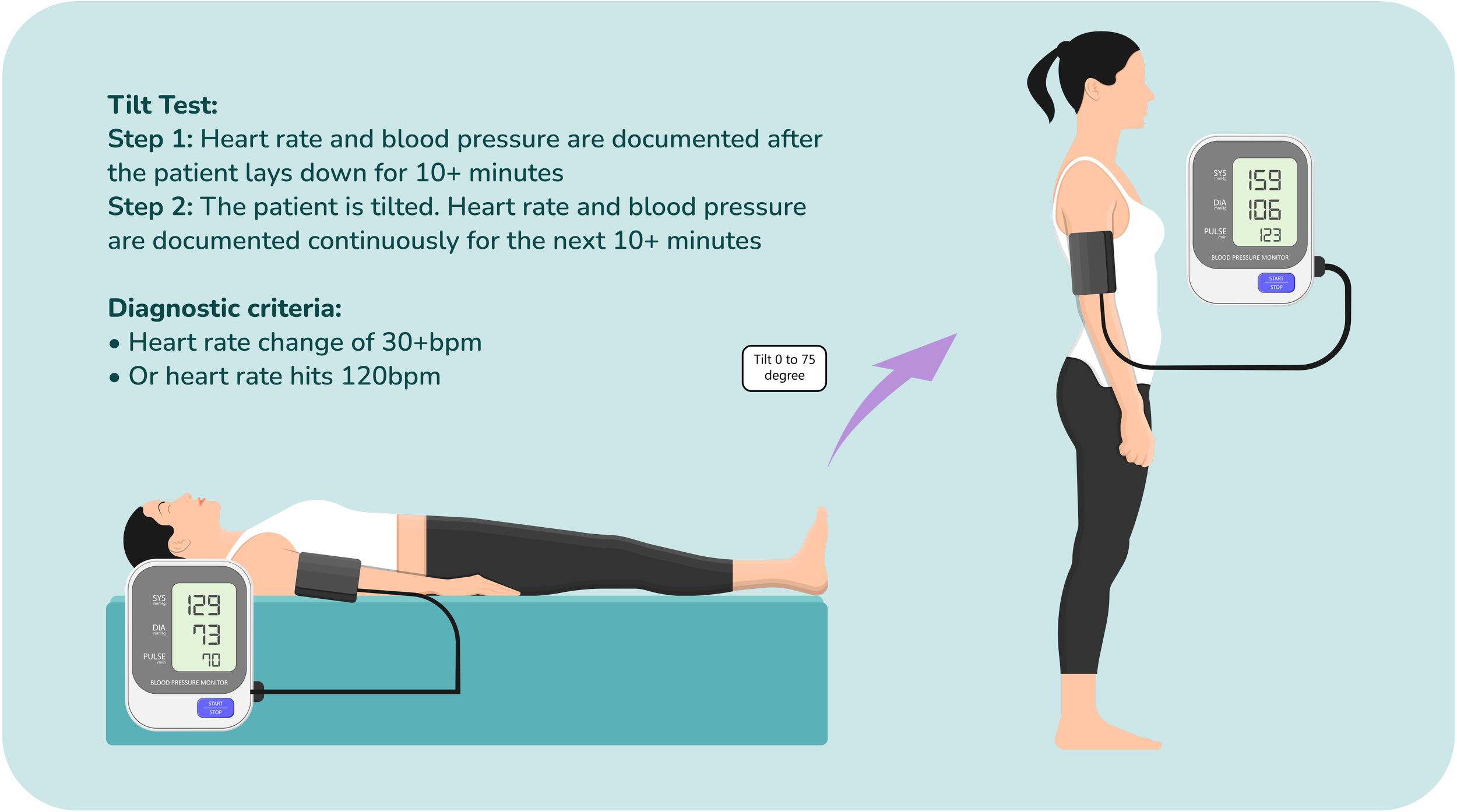
Why Is My Heart Racing?
Have you ever gone from lying flat — comfy, maybe a little groggy — to standing up, only to feel like you just ran a sprint? Heart pounding, head spinning, eyes maybe a bit blurry? You’re not alone. Lots of folks experience this but brush it off… “Maybe I just stood too fast.” Or “Maybe I need more coffee.”
But what if your body’s got a hidden story to tell — one that’s not just about speed, but about how your body handles gravity, blood, and the electrical wiring of your nerves? That’s the world of POTS, or Postural Orthostatic Tachycardia Syndrome.
And here’s the wild bit: You can catch clues at home. No need for a spaceship of medical tech or a white-coat audience. Seriously! There’s something called the POTS 10 minute standing test, and we’ll walk through it together. No medical jargon; just you, your pulse, maybe a stopwatch, and — ideally — a friend to keep things safe.
Let’s Spot the Weirdness
So, why does this even matter? Cause with POTS, it’s not just in your head. Imagine you’re a phone on 10% battery: every time you stand, your “power” drops, heart races, and your brain yells for help. The symptoms — dizziness, “brain fog,” fatigue, heart palpitations, even nausea sometimes — can leave you second-guessing yourself. (“Am I just unfit? Lazy? Losing my edge?”)
I’ve heard from people who spent years bouncing between doctors and Google, convinced they were just anxious or dehydrated. It’s not always that simple. Have you had any of these secretly-annoying symptoms after standing?
- Dizzy spells or feeling about to faint
- Headaches, brain fog, or trouble focusing
- Pounding or rapid heartbeats
- Fatigue that just wipes you out after even mild activity
- Sometimes — tummy troubles, shaky hands, “weird” sweating, or even blurry vision
Real Story, Real Relief
Let me tell you about my friend Jamie. She always joked she had “the worst stamina.” Turns out, every morning, she’d stand up, heart racing to 120+ bpm, vision fuzzing. For years, everyone (her, too!) called her a worrier. Then, one DIY home POTS test changed everything. Turns out, it wasn’t anxiety — it was her nervous system going haywire.
Symptom Snapshot: Is It You?
| When Lying Down | After Standing 2–10 Mins |
|---|---|
| Calm heart rate (70–80 bpm) | Jumpy heart rate (100+ bpm), maybe dizzy, weak, super tired |
Does this sound like your mornings? Or maybe after a hot shower, or standing in line at Target? You’re not “just being dramatic.” That’s your body signaling something bigger — and the POTS 10 minute standing test can help tease that out.
What the Heck Is a POTS Test at Home?
Okay, so let’s get into the nitty-gritty: POTS is a mouthful, right? Technically: “Postural Orthostatic Tachycardia Syndrome.” Fancy way to say, “When you stand up, your heart overreacts like it just got stage fright.”
The cool news? You don’t need to wait months for a tilt table test in a hospital. The POTS test at home — also called a “Poor Man’s Tilt Table Test” (I know, the name is a bit old-school, but it sticks) — can give a sneak peek at what your body’s up to when you switch positions. It’s simple, and yes, you totally can do it on a lazy Sunday afternoon (with a little caution… more on that soon).
This test, plus options like a POTS test online, is now a go-to for folks who want facts before chasing down a specialist.
How Does the Home Test Work?
Basically: you check your heart rate (and blood pressure, if you have a monitor) after resting, then again after standing for a while. If your heart rate jumps by more than 30 beats per minute — or 40 bpm if you’re under 19 — and you feel those classic symptoms, it’s a “maybe POTS” flag. (And yes, doctors still want to check everything out officially, so this isn’t your golden ticket to a diagnosis.)
Wait, Is It Safe?
Let’s get this straight: Please, please don’t do it alone if you have a history of fainting or get symptoms that freak you out or make you feel woozy. Always have a friend close by — or at least let someone know what you’re doing. If you ever feel on the edge of passing out, STOP. Rest up, and get checked out. Your safety comes first, always (home testing safety reminders).
Let’s Try the (Not-So-Secret) Test
No white coat or high-tech stuff needed — just you, a watch or phone timer, maybe a heartbeat-tracking app, and a notepad. Sometimes people use tools like their Apple Watch or a pulse oximeter (those finger clip-things). Just know, technology isn’t perfect; cold fingers or fake nails can mess things up (info on tech accuracy here), but for most folks, smartwatches or basic pulse checks do the trick.
Step-by-Step: How to Do a POTS Test at Home
1. Lie Down and Chill: Settle flat on your back, no distractions, for 10 minutes. This is your “body at rest” phase.
2. Check Your Starting Heart Rate: Use your wrist (count beats for 60 seconds) or hit up your smartwatch. Jot the number down. If you’ve got a blood pressure cuff, do that too — but not essential.
3. Stand Up Steady: Now the fun begins. Stand up (slowly!). No pacing the room, just stand. Keep as still as possible, maybe lean a little if you’re nervous about balancing.
4. Measure Again… and Again: Take your heart rate right away, then at 2, 5, 7, and 10 minutes. Watch for symptoms — dizziness, shaky legs, chest fluttering, foggy thoughts — and write them down alongside each heart rate number. (Coffee shop tip: You can also stand against a wall, which is the “NASA Lean Test” variation — less stress on wobbly days.)
5. If your heart rate shoots up 30 bpm (or 40 bpm for teens/young adults), and you feel “off,” that’s a sign to call your doctor. Share your numbers and symptoms — it helps them make sense of what’s going on.
The Science-y Reasoning
Why 10 minutes? That’s the sweet spot. Studies show the “10-minute stand” is the best for balancing accuracy — not too harsh, not too long (research on home POTS tests). Any longer, and you risk more “false alarms.” Any shorter, and you might miss sneaky cases.
| Test Type | Sensitivity (Finds POTS) | Specificity (Misses False Cases) |
|---|---|---|
| 10 min stand | 87% | 67% |
| 10 min tilt | 93% | 40% |
Bottom line: a POTS test at home does a pretty good job, but nothing’s perfect without an expert’s look. Keep those expectations in check, friend.
Let’s Talk Tech (and Pitfalls)
Using an Apple Watch or the latest wearable? They’re handy, but can glitch — sweat, shaky hands, cold fingers, or even a wonky charging cable can knock things off. Pulse oximeters (those fingertip thingies) are cheap and easy, but if you have colder hands (me, every winter), the reading’s less reliable. Even stuff like dark nail polish, fake nails, or bright lights in your room can give you wild numbers.
I’ve tried the POTS test online just for fun, and honestly, it’s a good logbook if you want pretty graphs or a place to keep your results (POTS test online). Just remember, none of these replace real-deal medical advice. But they sure help you show your doctor, “Look, see what’s up with my body?” It’s proof you’re not just being dramatic. And as someone who’s pulled up spreadsheets for doctors more than once… that record matters.
NASA Lean: A Gentler Test?
Nervous about standing for 10 minutes straight? The NASA Lean is a cheeky hack: Lean gently against a wall (shoulders and feet touching) and repeat the same checks. The readings aren’t identical — you may see smaller heart rate jumps — but for some, it’s a more comfortable “trial run” when classic standing feels too daunting (home test comparisons).
What If My Test Is “Weird”?
You do the whole thing. Numbers jump. You feel… off. Now what?
This isn’t the moment to panic, okay? A home POTS test isn’t a diagnosis — it’s a clue, a signal, saying “Hey doc, can you dig deeper here?”
Take your results and symptoms with you when you call your doctor. Show the numbers — and describe how you felt: Lightheaded? Woozy? Ready to drop? Did it only happen in the morning? After meals? In summer heat or after being sick?
What happens next? Your doctor might want to repeat the test in the office, order a formal tilt table test, check labs, or look for related stuff like dehydration, anemia, or thyroid trouble. (Fun fact: Sometimes treating those root causes relieves POTS-y symptoms in a flash!)
Real Life, No Filter
After doing a home test, my friend Mike finally got answers after years of feeling like “the weird wobbly guy” in his running group. The day he brought his homemade chart to a cardiologist, the entire vibe shifted: “We finally have data!” It was like showing your work in math class — finally, people believe you’re not making it up.
If your test is “negative” but you’re still feeling crummy — don’t give up. Some days are weird, numbers can be off, and symptoms come and go. Track a few days to spot trends, and keep asking questions.
POTS or Something Else?
Just to keep it real: Not all rapid heartbeats or dizziness are POTS. That’s why it’s so important to pair test results with real symptoms (diagnosing POTS, explained). If the POTS test at home keeps giving you the runaround, or you feel faint, chest pain, or serious symptoms, get checked out ASAP.
Should You Try the POTS Test at Home?
If you ever find yourself on the “dizzy bus” after standing — especially with heart racing, weird fatigue, or brain fog — why not do the test? Best case: you get real numbers, peace of mind, and a clear way to have your doc listen. Worst case: five minutes of your day, and maybe a new story to tell.
If you’re a tracking nerd (guilty…), you’ll love plotting your numbers using a POTS test online tool, or checking with a POTS 10 minute standing test for a more guided approach. Simple, empowering, and you don’t have to explain for the hundredth time to your friends why you always grab the nearest chair.
You Got This! Next Steps, No Stress
So, now you know: That racing heart and foggy head aren’t just “personal quirks.” The POTS test at home is ridiculously simple — lie down, stand up, count beats, log how you feel. If your heart makes a big leap and your symptoms line up, you’ve got a much clearer window into your health. But don’t go it alone — always loop in your doc for the final call. And share your wins: if you found answers, if you’ve got tips, or if you want to geek out about how gadgets like smartwatches can lend a hand, let me know!
Try the test. Talk to your doctor. Reread this on wobbly days, and remember — you’re not “hysterical” or “overly sensitive.” You’re just in tune with your body, and you’re taking steps to sort it out. That’s honestly half the battle won. Here’s to steadier, stronger days ahead. Reach out, share your story, or check out the POTS 10 minute standing test and POTS test online resources if you want more backup.

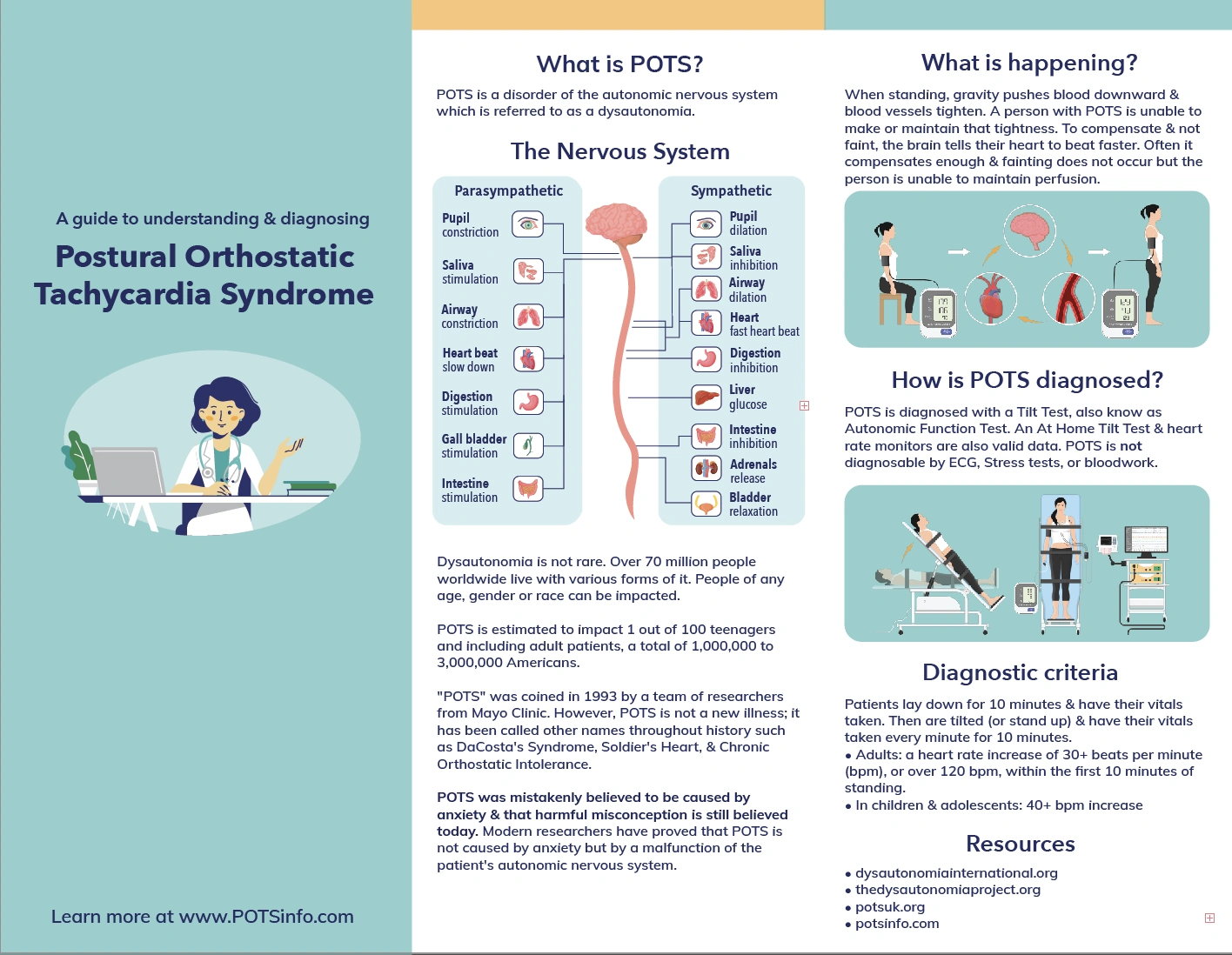







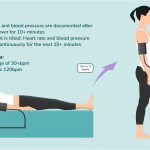


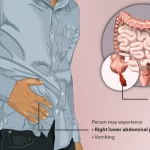
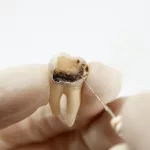
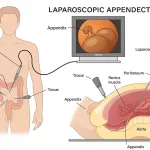
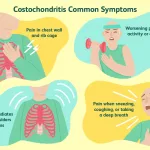


Leave a Reply
You must be logged in to post a comment.